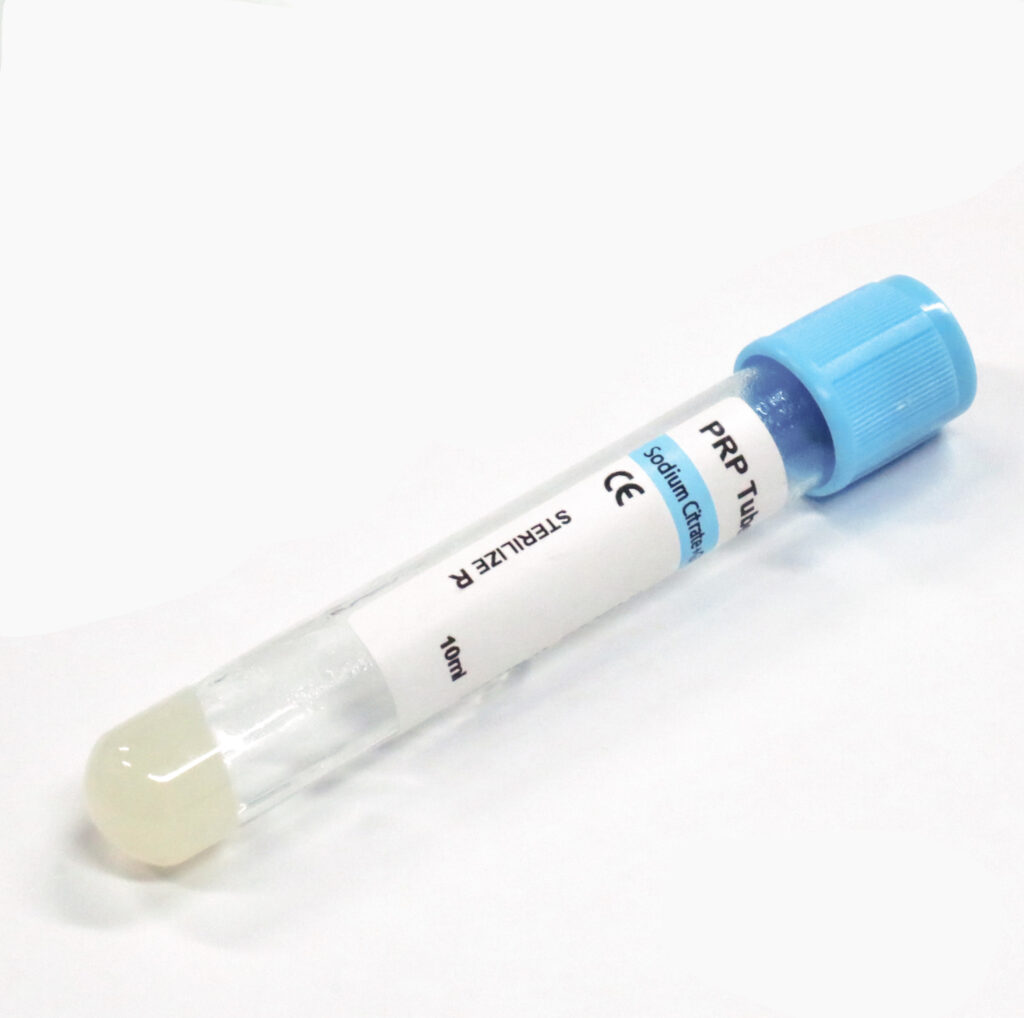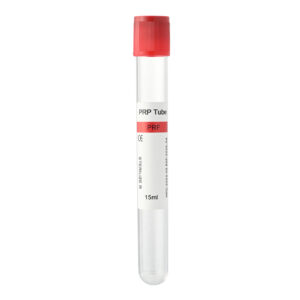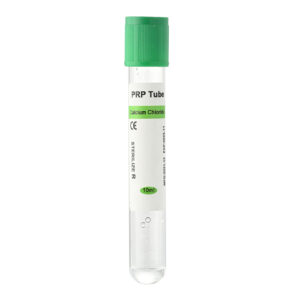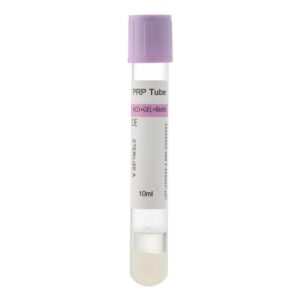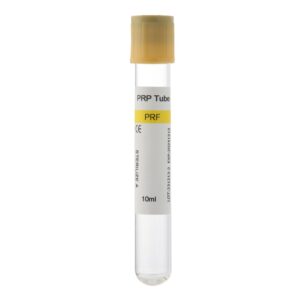What is PRP?
Is a concentrated platelet extracted from whole blood by centrifugation, containing a high concentration of platelets, white blood cells, and fibrin, using the body’s healing cells – platelets, to treat joint, cartilage, tendon, ligament injury, and even skin rejuvenation. Platelets are components of our blood that leak into damaged cells. Injured cells signal platelets to know where to activate and release growth factors to begin the healing process. At this point, the damaged cells send out scattered signals to attract activated platelets brought about by PRP. New growth factors encourage healthy cells to proliferate and replace damaged or dead cells. We can use it to shorten the healing process, reduce pain, and reverse aging.
How does PRP work?
Platelets play a crucial role in blood clotting and wound healing. When tissue is damaged, platelets gather at the injury site, releasing growth factors and other repair substances to initiate the body’s natural healing process. PRP therapy amplifies this natural process by concentrating and injecting these platelets, repairing them faster and more effectively.
How Does PRP Treat Joint and Muscle Injuries?
1. Joint Injuries
Joint injuries, such as knee arthritis, rotator cuff tears, and hip pain, often come with chronic pain and limited mobility. Traditional treatments may require long-term use of pain relievers or even surgery, while PRP therapy offers a non-surgical alternative.
Knee Arthritis
Knee arthritis is shared among the elderly and athletes. The gradual wear and degeneration of joint cartilage causes it. PRP therapy promotes the regeneration and repair of cartilage cells by injecting high concentrations of growth factors, helping to reduce inflammation and pain. Studies have shown that PRP therapy can significantly alleviate pain in knee arthritis patients, improve joint function, and enhance quality of life.
Rotator Cuff Tears
The rotator cuff is a group of four muscles and tendons that stabilize and support the shoulder joint. Rotator cuff injuries are usually caused by overuse or acute trauma. PRP injections can promote the healing of damaged tendons and reduce pain and inflammation. Many patients with rotator cuff injuries have restored shoulder range of motion and strength after PRP treatment, avoiding surgery.
Hip Pain
Various conditions, such as hip arthritis, femoroacetabular impingement syndrome, or hip bursitis, can cause hip pain. PRP therapy can help reduce inflammation around the hip joint and promote tissue repair, restoring hip function and relieving pain.
2. Muscle Injuries
Muscle injuries, such as muscle tears and tendinitis, typically require prolonged rehabilitation. PRP therapy can accelerate the healing process of muscles and tendons. After a PRP injection, growth factors stimulate the repair and regeneration of muscle cells, reducing inflammation and promoting tissue regeneration.
Muscle Tears
Muscle tears are common among athletes, especially during intense physical activities. Traditional treatment methods include rest, ice, compression, and elevation (RICE principle), but these methods may take weeks or even months for full recovery. PRP therapy provides concentrated and efficient repair capabilities by directly injecting PRP into the injured muscle, accelerating the healing process and enabling athletes to return to the field faster.
Tendinitis
Tendinitis is the inflammation and damage of the tendon joint in the shoulder, elbow, knee, and ankle. PRP therapy releases growth factors by injecting PRP into the damaged tendon, promoting tendon cell repair and regeneration and reducing pain and inflammation. Many patients experience significant tendon structure and function improvement and resume normal activities after PRP treatment.
What is the process of PRP?
The entire PRP treatment process is relatively simple. The general steps are as follows:
- Patient Preparation: Before treatment, patients should consult with their doctor to understand the indications, process, and possible outcomes of PRP therapy. The doctor will develop a personalized treatment plan based on the patient’s condition.
- Injection Site Marking: The doctor will determine the optimal injection site through physical examination or imaging studies (ultrasound or MRI) before starting the injection. Then, the doctor will mark the injection point on the skin to ensure accurate PRP administration to the damaged area.
- Local Anesthesia: The doctor usually uses a local anesthetic around the injection site to minimize discomfort during the injection. This helps patients remain relaxed and comfortable during the procedure.
- PRP Injection: The doctor slowly injects the prepared PRP into the damaged joint or muscle area. During the injection, the doctor may use ultrasound guidance to ensure accurate delivery of PRP to the target area. The entire injection process typically takes only a few minutes.
- Post-Injection Observation: The doctor will observe the patient’s reaction and provide relevant care advice after the injection. Most patients can leave immediately after the injection without the need for hospitalization.
- Rehabilitation Plan: The doctor will develop a personalized rehabilitation plan based on the patient’s condition. This may include gradually increasing physical activity, physical therapy, and regular follow-ups. Adhering to the rehabilitation plan helps maximize the effectiveness of PRP treatment.

Recovery and Precautions After Treatment.
Patients may experience mild discomfort and swelling at the injection site, which usually subsides within a few days. The doctor may advise patients to avoid strenuous activities for a few days post-injection but can engage in light exercise. Most patients see significant improvement within a few weeks, with recovery time depending on the severity of the injury and treatment area.
- Avoid Strenuous Activities: Avoid strenuous activities and heavy lifting for a few days after treatment to avoid impacting the effectiveness of PRP.
- Follow Medical Advice: Adhere to the rehabilitation plan prescribed by the doctor, including appropriate rest, exercise, and physical therapy to accelerate recovery.
- Regular Follow-Ups: Post-treatment, patients should have regular follow-ups to allow the doctor to assess recovery progress and adjust the rehabilitation plan as needed.
Advantages
- Autologous Therapy: Uses the patient’s blood, avoiding risks of allergies and rejection.
- Non-Surgical: Provides a non-surgical treatment option, reducing risks and recovery time associated with surgery.
Precautions
It is unsuitable for all patients. Before deciding to undergo PRP treatment, consult a professional doctor to evaluate your suitability. Additionally, the effectiveness of PRP treatment varies among individuals, and some patients may require multiple treatments to achieve optimal results.

